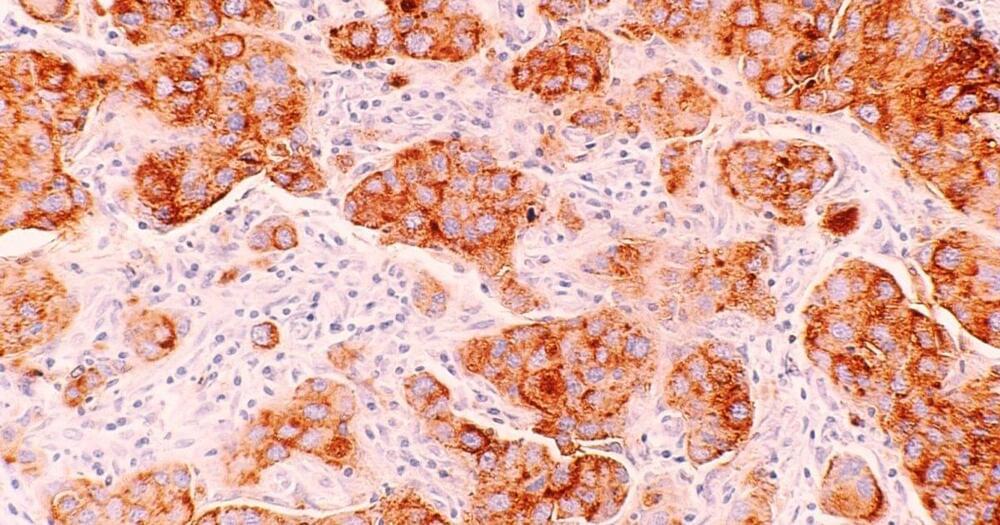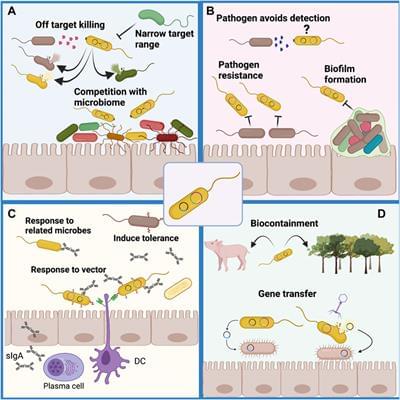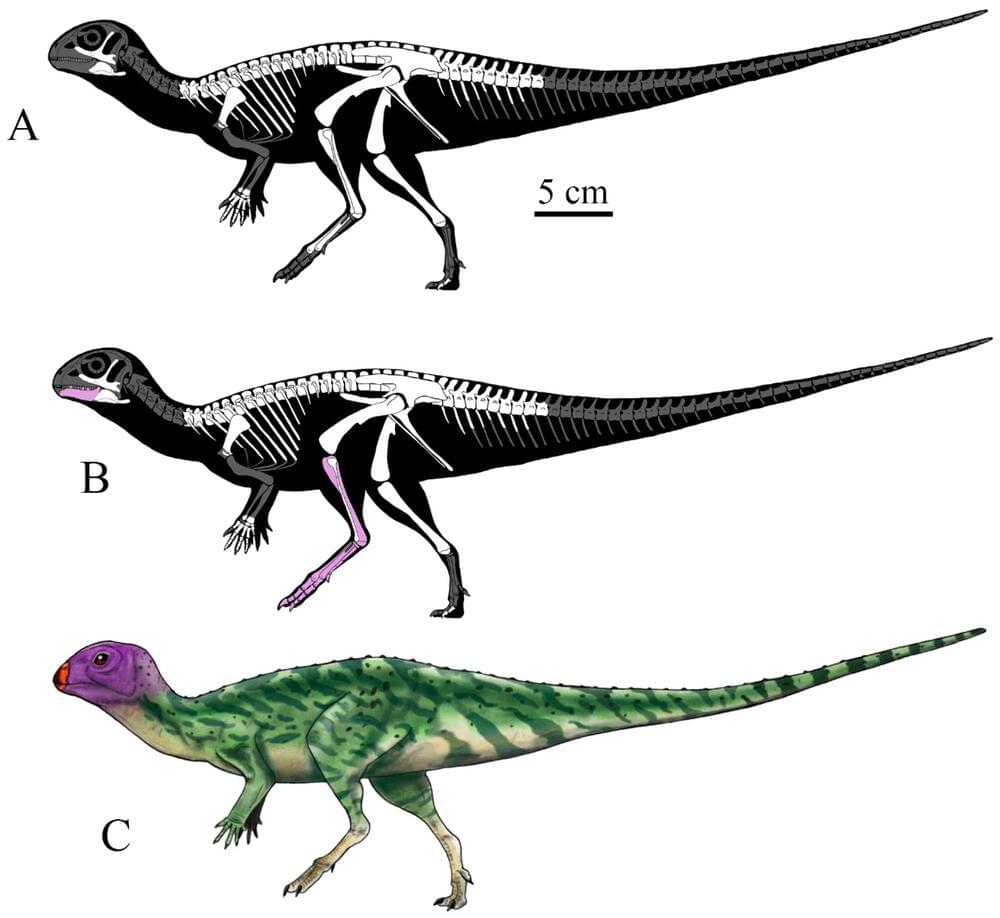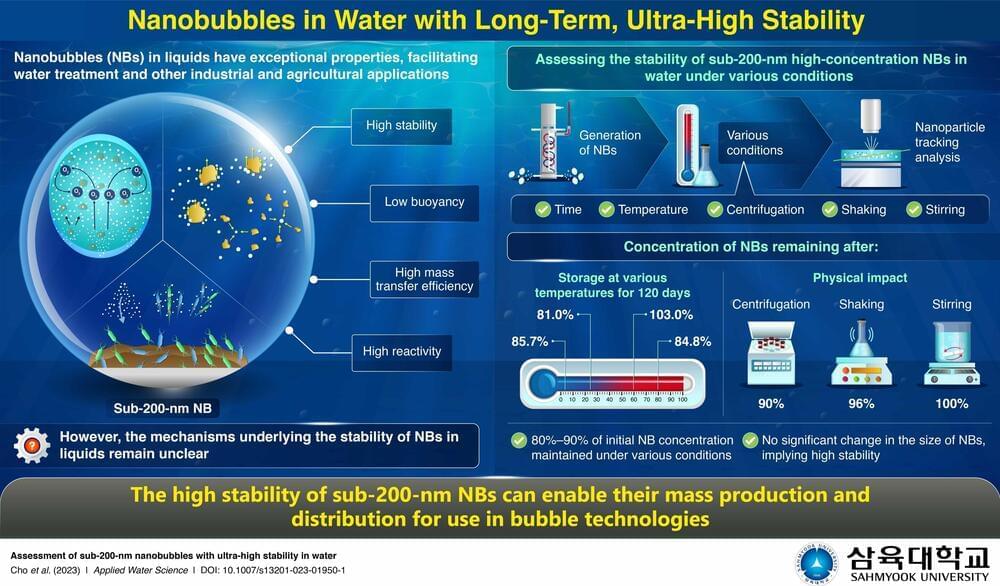Low-calorie, intermittent-fasting, and ketogenic diets all can lower the amount of blood glucose available to fuel cancer cells.
Category: food – Page 58
Building a better food system
Posted in biotech/medical, food
More people than ever before—828 million, according to the most recent estimates—do not know where their next meal will come from. Yet we are producing more food than ever, with cereal grain production at an all-time high. How did we get so far off track in ending hunger and how do we get back on course?
Food crises are complex, and the temptation is to fix the symptom, rather than identifying the cause. COVID-19, conflict, and climate change are among the most frequently cited causes of the current food price crisis, but the underlying systemic issue remains: We need to radically transform the way we produce and consume food.
A more stable, equitable, and sustainable food system would connect the world’s 600 million farms with its 8 billion consumers, and capitalize on the ability to both feed the hungry while mitigating greenhouse gas emissions and rapidly adapting to a changing climate. We must act now, together, and decisively, or risk more crises in the future. Five critical actions are set out below.
Artificial intelligence still has a long way to go before completely taking over most human jobs. But it can already make some side hustles easier and more lucrative, primarily by saving people time.
“Automation, I think, is the key to reducing your workload,” Sean Audet, a food photographer who uses generative AI tools like ChatGPT to write emails and business plans, told CNBC Make It earlier this month. “When a client first reaches out to me, I need to be able to quickly deliver a bunch of information about services and costs … in a nice, succinct and personalized way.”
The rising prevalence of antibiotic resistant microbial pathogens presents an ominous health and economic challenge to modern society. The discovery and large-scale development of antibiotic drugs in previous decades was transformational, providing cheap, effective treatment for what would previously have been a lethal infection. As microbial strains resistant to many or even all antibiotic drug treatments have evolved, there is an urgent need for new drugs or antimicrobial treatments to control these pathogens. The ability to sequence and mine the genomes of an increasing number of microbial strains from previously unexplored environments has the potential to identify new natural product antibiotic biosynthesis pathways. This coupled with the power of synthetic biology to generate new production chassis, biosensors and “weaponized” live cell therapeutics may provide new means to combat the rapidly evolving threat of drug resistant microbial pathogens. This review focuses on the application of synthetic biology to construct probiotic strains that have been endowed with functionalities allowing them to identify, compete with and in some cases kill microbial pathogens as well as stimulate host immunity. Weaponized probiotics may have the greatest potential for use against pathogens that infect the gastrointestinal tract: Vibrio cholerae, Staphylococcus aureus, Clostridium perfringens and Clostridioides difficile. The potential benefits of engineered probiotics are highlighted along with the challenges that must still be met before these intriguing and exciting new therapeutic tools can be widely deployed.
The discovery and application of antibiotic drugs is among the most significant accomplishments of medical science. Alexander Fleming’s discovery of penicillin (Fleming, 1929) and subsequent discovery and development of multiple classes of natural product antibiotics have been transformational to modern society. These compounds have yielded cheap and effective treatments for diseases caused by common bacterial infections that would previously have proven fatal. The advent of effective antibiotic drugs has made it possible to survive complex surgical procedures like open heart surgery and organ transplants and extended the average human life-span (Riley, 2005; Kaviani et al., 2020). The benefits of readily available antibiotic drugs have extended into agriculture and aquaculture, making it possible to increase productivity of farmed animals (Park et al., 1994; Patel et al., 2020).
A multi-institutional team of paleontologists has identified a new dinosaur species dug up in Thailand in 2012. In their paper published in the journal Diversity, the group describes where the fossil was found, its characteristics and its condition.
The fossil was uncovered at a dig site in Phu Noi, in Northern Thailand. The geological area is known as the Phu Kradung Formation. The dig site has yielded a large number of fossils over the years. In this new effort, the research team focused their effort on a fossil embedded in stone that was in good condition. It is a previously unknown species, now named Minimocursor phunoiensis.
The research team describes the fossil as an “exceptionally articulate skeleton,” and suggest it is one the most well-preserved dinosaurs ever discovered in Southeast Asia. They found it to be of the neornithischian clade, which were plant-eating dinosaurs.
Difficulty swallowing (dysphagia) affects your quality of life and your health. The ability to safely swallow is vital for adequate nutrition and hydration, and it prevents foods and liquids from entering your lungs, where they can cause pneumonia.
For many people, when they hear China and genetic engineering in the same sentence, it is often synonymous with scandal.
Bubble technology has emerged as a powerful tool for addressing environmental pollution, enhancing water treatment processes, and boosting industrial and agricultural production. Such novel applications of this technology have emerged owing to the unique properties of nanobubbles (NBs)—gas bubbles smaller than 1,000 nanometers (nm) in diameter.
In particular, NBs in water, especially those with diameter less than 200 nm, exhibit low buoyancy, high mass transfer efficiency, high reactivity, and exceptional stability. However, the underlying mechanism behind their stability has remained elusive, with most studies focusing only on the temporal changes in the size and surface charge of NBs and overlooking the changes in their concentration under various conditions.
To address this issue, a team of researchers led by Associate Professor Myoung-Hwan Park from Sahmyook University in South Korea has recently investigated the number and stability of high-concentration NBs in water under various conditions. Their study was published in Applied Water Science.
Milk and colostrum have high biological potential, and due to their natural origin and non-toxicity, they have many uses in cosmetics and dermatology. Research is ongoing on their potential application in other fields of medicine, but there are still few results; most of the published ones are included in this review. These natural products are especially rich in proteins, such as casein, β-lactoglobulin, α-lactalbumin, lactoferrin, immunoglobulins, lactoperoxidase, lysozyme, and growth factors, and possess various antibacterial, antifungal, antiviral, anticancer, antioxidant, immunomodulatory properties, etc. This review describes the physico-chemical properties of milk and colostrum proteins and the natural functions they perform in the body and compares their composition between animal species (cows, goats, and sheep). The milk-and colostrum-based products can be used in dietary supplementation and for performing immunomodulatory functions; they can enhance the effects of certain drugs and can have a lethal effect on pathogenic microorganisms. Milk products are widely used in the treatment of dermatological diseases for promoting the healing of chronic wounds, hastening tissue regeneration, and the treatment of acne vulgaris or plaque psoriasis. They are also increasingly regarded as active ingredients that can improve the condition of the skin by reducing the number of acne lesions and blackheads, regulating sebum secretion, ameliorating inflammatory changes as well as bestowing a range of moisturizing, protective, toning, smoothing, anti-irritation, whitening, soothing, and antiaging effects.
Keywords: milk, colostrum, casein, β-lactoglobulin, α-lactalbumin, lactoferrin, growth factors, skin, regeneration, antimicrobial, cosmetics.
Although milk is known to be used as a raw material in the food industry, it is also widely used in the pharmaceutical and cosmetic industries due to its considerable biological potential. It has also been the subject of detailed analyses and discussions of its individual components and their properties [1, 2].









